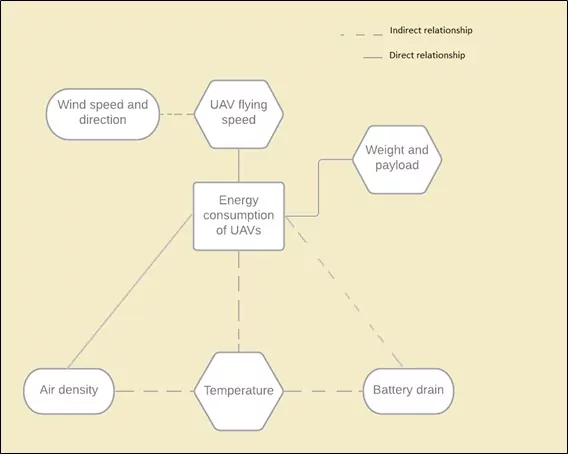- Have any questions?
- +91 9176206235
- info@phdsupport.org
PhD in Energy Consumption in Unmanned Aerial Vehicles

PhD in Autonomous Control of Unmanned Aerial Vehicles
June 25, 2021
PhD in Improvement of Power Distribution system for UAV
June 25, 2021PhD in Energy Consumption in Unmanned Aerial Vehicles
Unmanned aerial vehicles (UAVs) will be used in many commercial applications nowadays. On certain occasions like sports coverage, distance delivery’s that the UAVs needs covers a huge distance in such instance it having certain issues related to wind, power and connectivity. And for small sized or short range entertainment UAVs, mostly been used only about 5 to 15 minutes as aflight time thus there is no issues with energy consumption and maintenance but for long mission times which may require relativelypower-saving way,therefore it is important to make UAVs in an efficient and power-saving wayto complete the mission.
RESEARCH APPROACH:
The estimation of Energy Consumption in Unmanned Aerial Vehicles with its self-weight was defined through the various implementation calculations beyond its various service environments.The major factor that affects energy consumption is extreme windbecause it changes the direction and it also may affects the flying status of UAV either positively or negatively. Air densityinfluences the proper lifting capacity of aircraft with variant changes of temperature. Appropriate equations and testing techniques have been used to estimate the power consumption of the essential parts of the UAV. Here to reduce the energy consumption in a hard environment, we implying a proper routing system to withstand extreme winds. And by the self-load estimation calculation that the Energy Consumption in Unmanned Aerial Vehicles were processed based on temperature, air density, and the battery system

LATEST ISSUES:
- There are numerous other critical secondary design issues regarding balance, control, and shape beyond the primary design parameters.
- Wind is one of the major environmental factor and that affects the direction and speed of UAVs.
- Battery performance is much affected by the various temperature conditions as it is linked to battery drain and the capacity of UAVs.
- Still, not much experimental analysis has been done for UAV energy consumption in flight has been performed.
PROPOSED SOLUTION:
- The Energy consumption model helps to balances certain parameters by providing an efficient function of energy consumed in Unmanned Aerial Vehicles
- The APM official Ground Controller Station software “Mission planner” is utilized to simulate the output PWM signal at each moment.
- The weight reduction structure and extra battery backup will also help to reduce certain energy consumption in Unmanned Aerial Vehicles
- Route planning algorithm provides certain optimal directional assistance for reducing the excess energy loss of UAVs.
ALGORITHM AND ITS FUNCTION:
- Based on Improved Ant Colony Algorithm is utilized for Route Planning of UAV to reduces excess energy consumption inunmanned aerial vehicles
FUTURE PROPOSAL:
- In the future, there is a need to analyze all the proposed models by experimenting with comparative industrial data and different models of available UAVs.
- In thisproposal “Energy Consumption in Unmanned Aerial Vehicles”present equations to calculate the total power consumption of UAVs in its various flight scenarios


